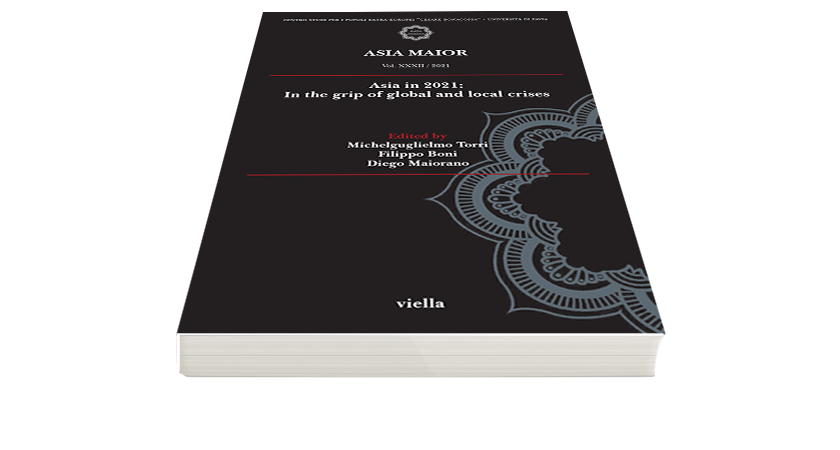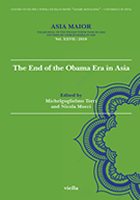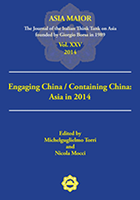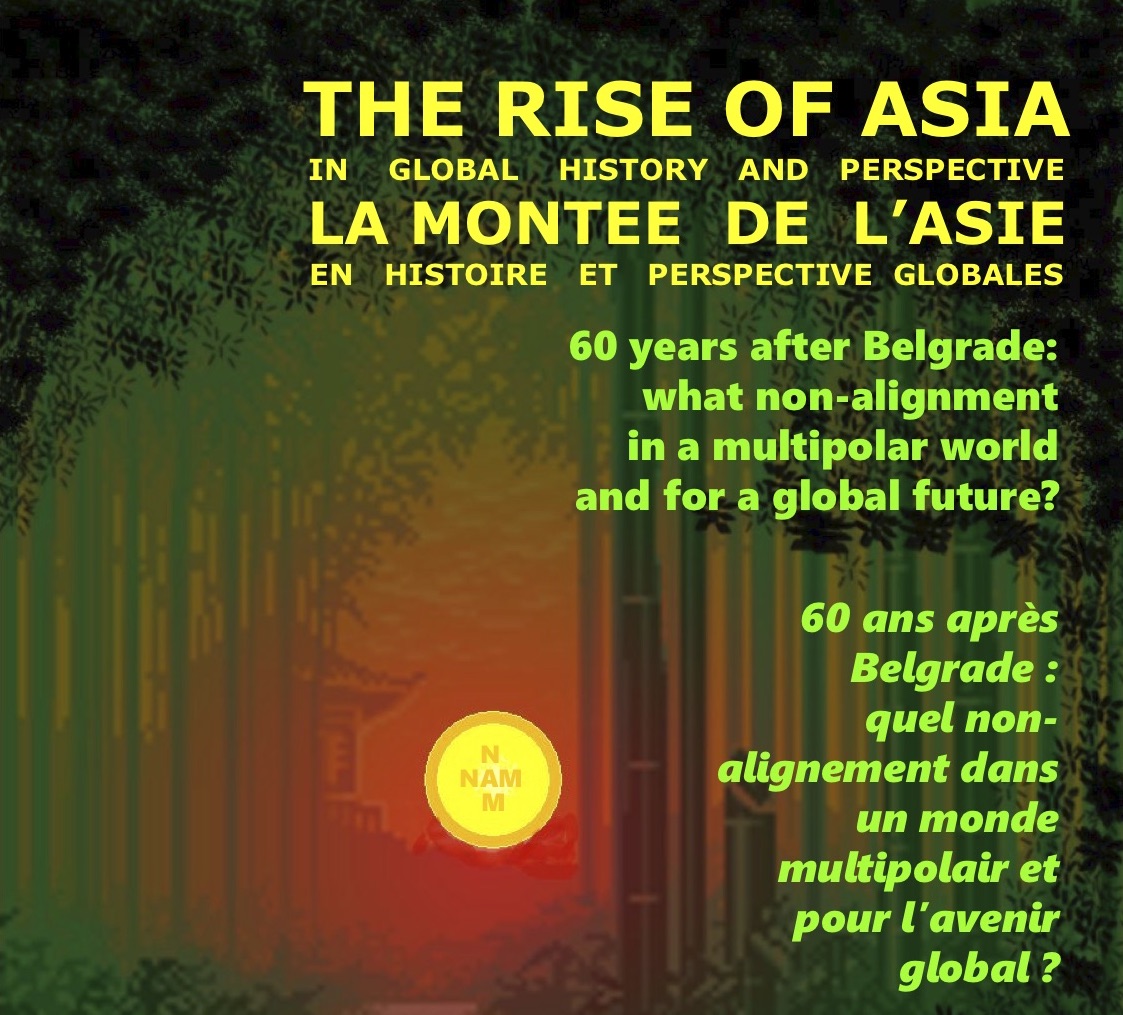Reconsidering Tokugawa Japan: Finding Christians where they should Not Be
A Christian Samurai. The Trials of Baba Bunkō. William J. Farge, SJ-Washington, D.C.: The Catholic University of America, 2016, pp. XXV/300.
At least since George Elison’s Deus Destroyed: The Image of Christianity in Early Modern Japan was published by Harvard University Press in 1973, historians of early modern Japan have been inclined to accept Elision’s thesis that the Catholic mission to Japan that started with St. Francis Xavier, SJ in 1549 ended in failure. By 1640, Japan was a «closed country» (sakoku) where the long arm of Western culture could no longer reach. The most creative of historians in this tradition turned to a search of the «closed country» period for the indigenous cultural foundations for Japan’s subsequent revolution and modernization in the late nineteenth century. A recent, and more direct, study in the Elison line is Kiri Paramore, Ideology and Christianity in Japan (Oxon: Routledge, 2009) that argues that the anti-Christian placards posted in every village and town in Japan for over two hundred years were not really about Christianity (which had been exterminated) but were more generalized efforts to ensure ideological purity among Confucians and Buddhists. We should have known better. It is a recognized fact that after 1865, 50,000 Japanese Catholics began to emerge from centuries of underground existence. Where did they come from, if Christianity had been wiped out and Deus destroyed in the early seventeenth century?
Now, along comes William Farge with an answer, and it is an answer that should revolutionize how historians think about the Edo Period (1603- 1868). Farge introduces us to Baba Bunkō (1718-59), a samurai who was a vociferous critic of corruption among high officials. That much has long been known among Japanese scholars, although truth be told, Baba has not been widely known among scholars of Japanese history outside of Japan. But what previously has not been known at all is that Baba was a Catholic whose criticisms were grounded in his Catholic values and who was ultimately executed, not for his political statements, but for the capital crime of being a Christian. What makes Farge’s discovery so significant is that, while there are a few known cases of hidden Catholics in eighteenth century Japan, they were all peasants and fishermen in far-flung rural areas. In contrast, Baba was an educated samurai and a well-known critic working in the heart of the capital city, Edo.
A Christian Samurai unfolds over the course of ten closely argued chapters. The first chapter «Deus Restored» is a direct rebuttal of the Elison thesis, providing first a critical review of the idea of missionary failure and then introducing us to the major biographical facts pertaining to Baba. The second chapter presents an overview of Christianity under the Tokugawa regime, pointing to historical examples of Christians who surfaced during the «closed country» period, presenting evidence that the threat of actual Christianity was taken seriously by leading intellectuals like Miura Baien (1723-89), and introducing compelling quotes from Baba’s own writing that speak positively about Christianity. It also introduces one of the most compelling pieces of evidence for Baba’s own Catholic faith—his argument that the banner of the 1637 Shimabara (Christian) Rebellion depicts «the body of a person» (p. 33). In fact, there is no natural person depicted on the Shimabara banner; it boasts the image of a consecrated host and chalice, something only a Catholic would call «a person».
Chapters three and four present close readings of Baba’s social and political criticism. Farge does an excellent job of showing Baba’s creative literary skill in using metaphor and analogy to make his points, particularly referring to certain «monsters» that prowl the land. But as Farge notes, Baba’s purpose is not mere frivolity or entertainment. Rather, «his purpose is to elicit a deeper awareness of the realities behind the external appearances of officialdom and to expose the criminality behind the façade of decorum and virtue perpetrated by members of the samurai class» (p.50). One cannot help but wonder if Baba was particularly sensitive to these hidden realities among the officials precisely because he too had to live a hidden life (as a Catholic). Chapter four relates the pivotal case of the corrupt daimyō Kanamori Yorikane. It was Baba’s criticism of Kanamori that led to his own arrest and execution. But as Farge points out through a careful review of legal precedent on similar cases of political satire, no one had ever been executed for the crime of political criticism, and many of those accused of such acts were treated quite leniently by the magistrates. In chapter five, Farge puts Baba’s political and social dissent in broader historical context, pointing out that dissent was actually quite widespread and tolerated in the eighteenth century. Why then was Baba dealt with so differently from others?
In chapter six, Farge draws from Baba’s writings to show that with Neo-Confucianism in decline, a period of moral relativism had given Baba the opening to make his Catholic criticisms. Chapter seven compares and contrasts Baba’s writings with the genre of gesaku writing to argue that it is anachronistic to interpret Baba’s writings from a later distinction between «fiction» and «non-fiction» writing. Baba’s writing used fictional techniques to present criticism of actual people and events. Chapter eight looks at Baba’s criticism of the Yoshiwara pleasure quarters. Here, Farge notes that Baba exhibited an unusual sympathy for the courtesans themselves while Asia Maior 2016 478 reserving his harshest criticisms for the elite who frequented such places, particularly hypocritical Buddhist monks. Chapter nine follows several of Baba’s writings on the moral decline of his day, and Farge concludes that Baba had a prescient sense of the inevitable collapse of the regime due to the corruption of its moral foundations. The tenth and final chapter steps back and offers rather modest reflections about whether and how Baba can be located within the «Christian literature» of eighteenth century Japan. The key problem is that no baptismal certificate would be available to settle the issue of Baba’s faith, since Catholicism was illegal and intensely persecuted. When positive evidence is not available, the objective historian must turn to whatever circumstantial evidence exists, either in support of or against a proposition. In this spirit, Farge looks at the nature of the values Baba expressed in his writings, and he finds that Baba’s last work, «A Collection of Useless Grumblings» (1758) provides «clear evidence not only of Christian influence but also of his own Christian beliefs and convictions» (p 231). Finally, the volume concludes with a 33 page translation of Baba’s «An Album of One Hundred Monsters», an invaluable text, beautifully translated, for anyone who wants a detailed picture of the social and political history of eighteenth century Japan.
This book offers a great deal to anyone interested in Asian history, the history of Christianity, political and social satire, or comparative political thought. This would be a solid work of historical scholarship even without the valuable translations and the amazing original discovery that Baba Bunkō was a Japanese Catholic when there was not supposed to be any Christian in Japan. But above and beyond the particular argument about Baba as a Catholic, Farge gives us a powerful criticism of ideologically- driven approaches to history that place bias and personal presumptions ahead of objective fact. The best conclusion here is that offered by Farge himself: «The historian must now abandon the traditional pre-conceptions and assumptions that have been erroneously projected onto the history of Christianity in Japan in the Tokugawa period» (p.238).





































